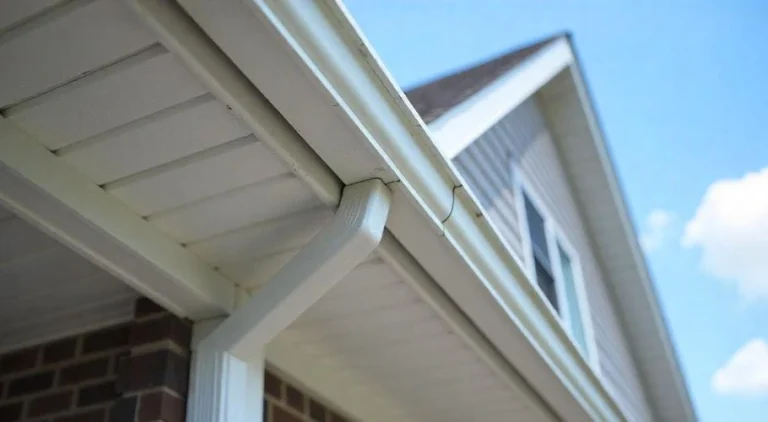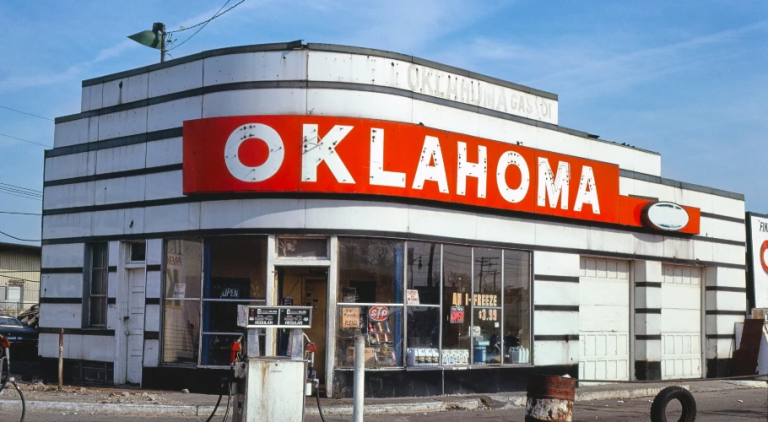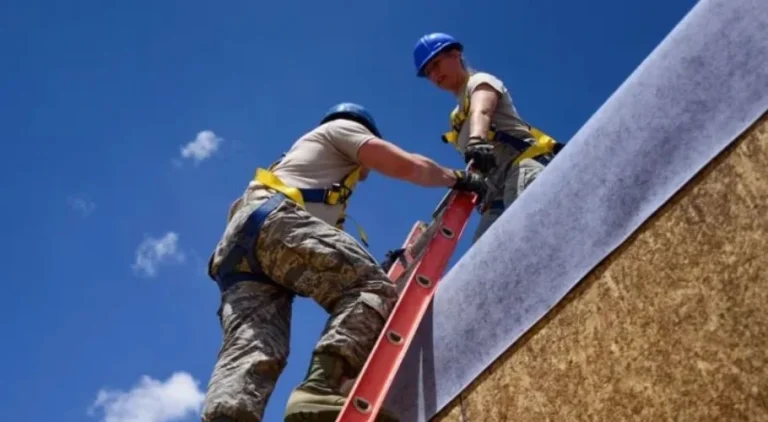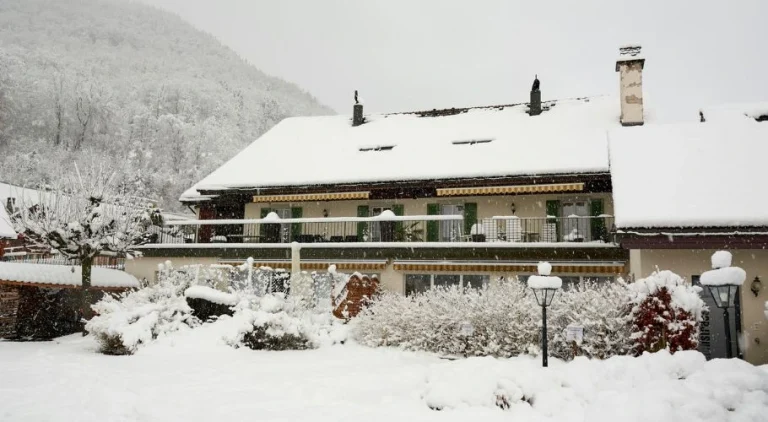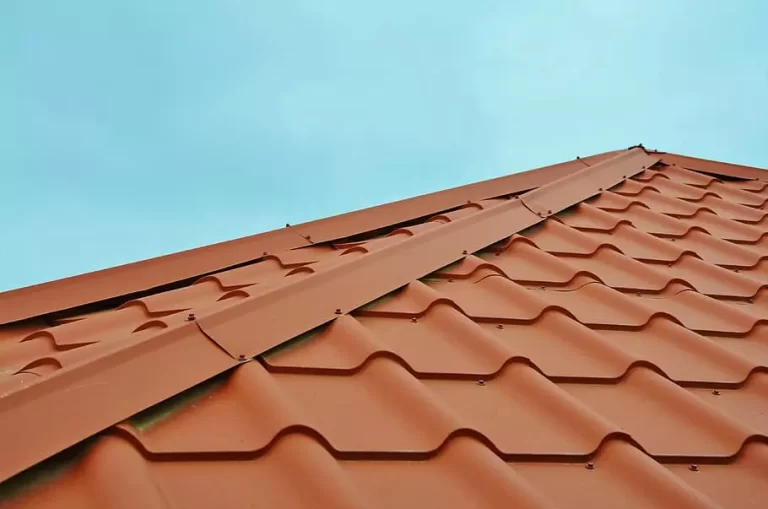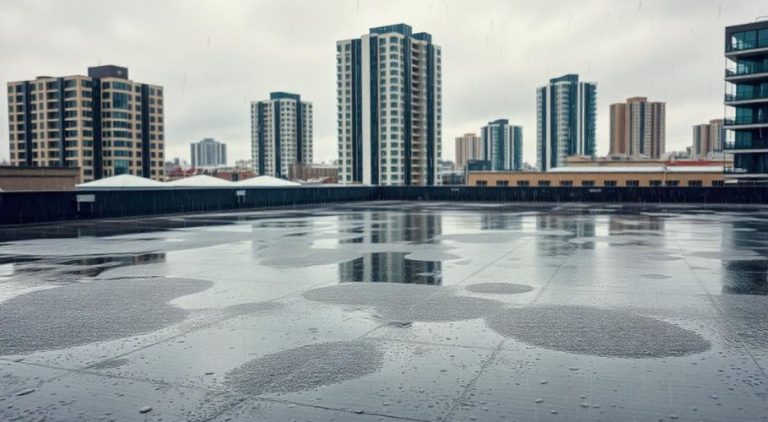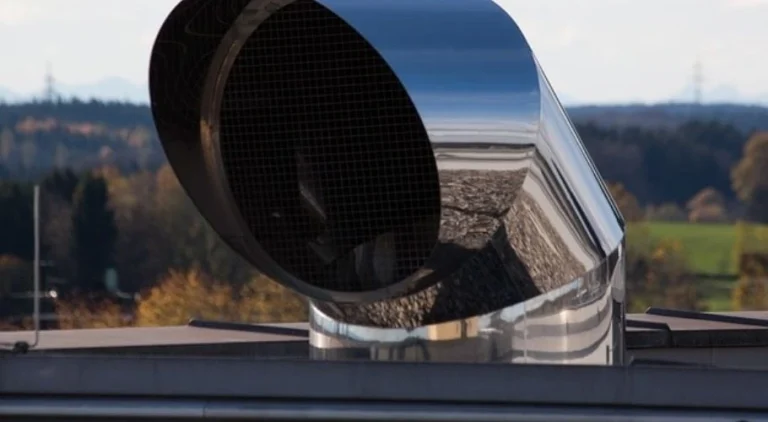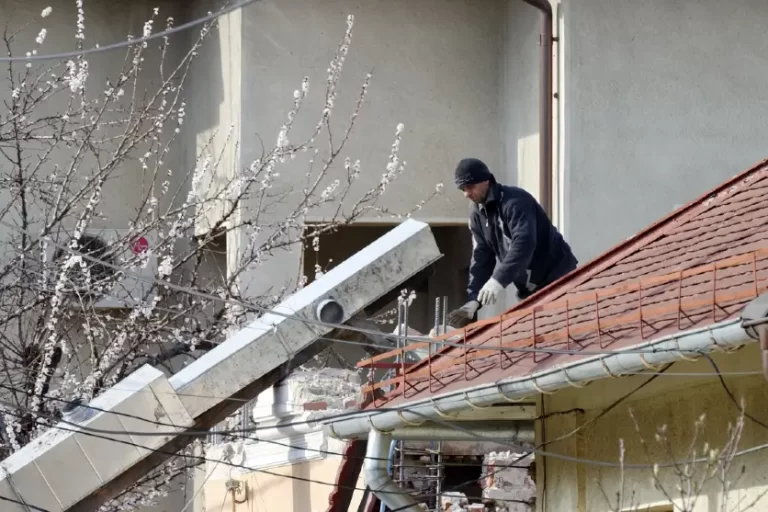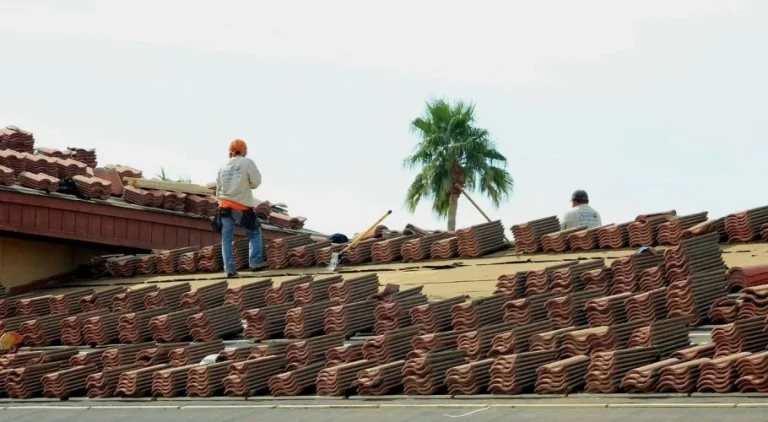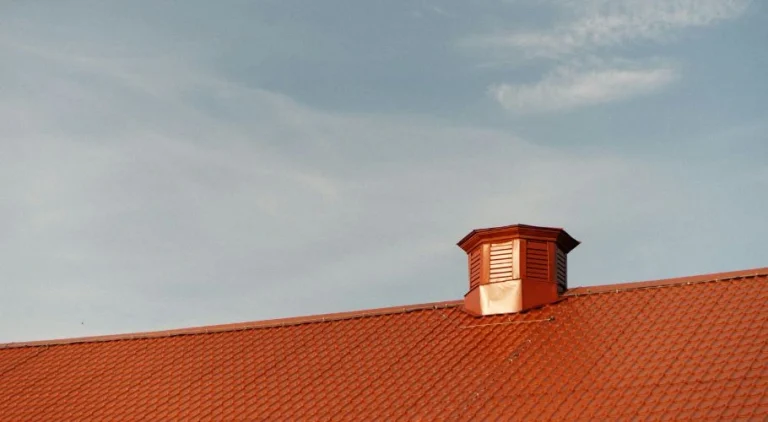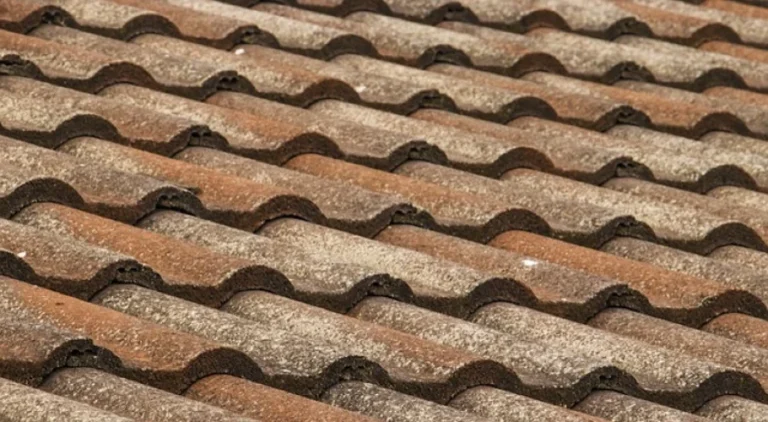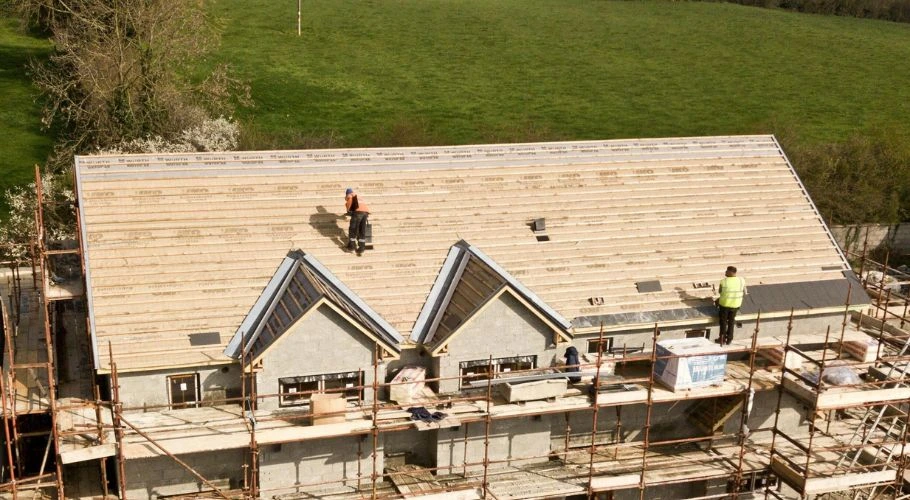Professional vs. DIY Roof Repairs: Pros and Cons
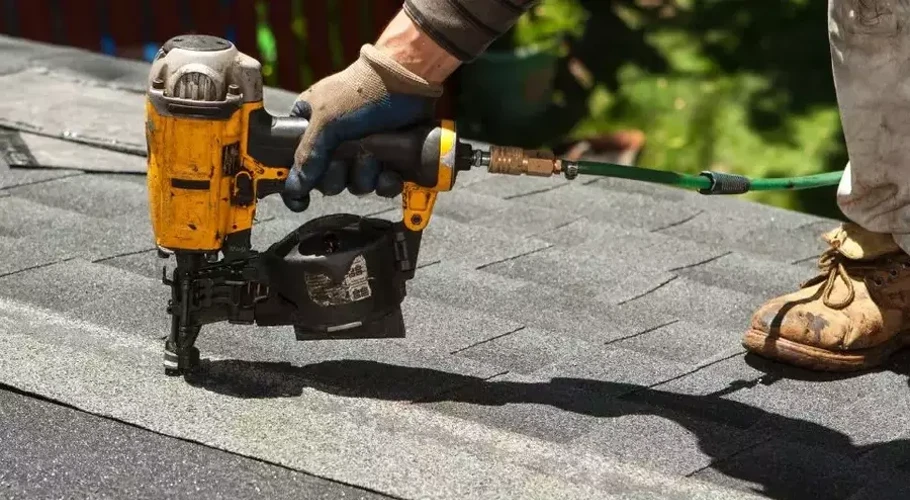
You never know when a roof repair might become necessary. One moment your roof is completely fine, and then all of a sudden you’re dealing with leaks during a particularly heavy rainstorm. When roofing issues come unexpectedly, you’re faced with two options—call the professional roofers, or launch your very own DIY roof repair project. Then, this is swiftly followed by the question: Which option is better?
Many homeowners have found themselves in these predicaments. It can be a difficult choice to make, especially when you consider factors like budget constraints, availability of time and resources, skill level, long-term durability of the repairs, and so on.
With years of expertise in the roofing industry, we at Robbins Roofing are well-versed in handling a wide range of roofing projects, so we know quite a bit about the factors and considerations you should keep in mind when deciding between DIY roof repairs or professional services. To help you decide, we’ll go over the advantages and disadvantages of each approach.
Ready to find out if you can do it yourself? Let’s get into it!
DIY Roof Repairs
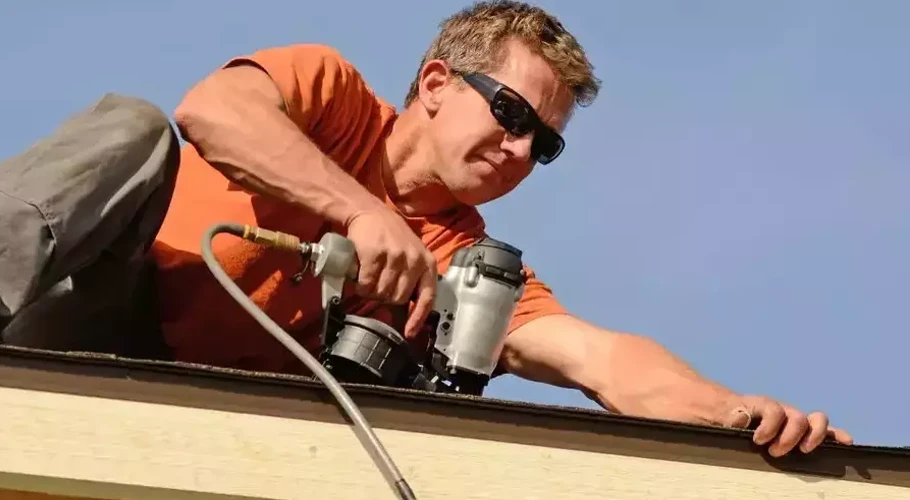
Before you set out to purchase any materials or carry out your own roof repairs, here are some pros and cons of DIY roofing that you should consider:
Pros of DIY Roof Repair
- You can save money by doing the repair yourself.
- You can get started with the DIY repairs right away without worrying about the availability of a professional roofer.
- You can improve your skills in repair work as a family handyman and learn new techniques.
- You get to choose the materials and tools to be used for the repair.
Cons of DIY Roof Repair
- You face a higher risk of getting into an accident without the right safety equipment.
- You may lack the expertise and skills needed for the repair and end up with sub-par results.
- You may have to spend a lot of time on the repairs, especially for complex cases, which may get in the way of work or take up your free time.
- Your repairs may not be covered by insurance or warranties.

DIY Roof Repair Tips
So, do you think you’re up for the task? If you’re confident in your DIY repair skills, here are some tips to keep in mind to carry out your repair successfully:
Safety First
It’s impossible to overstate the importance of following proper safety precautions before performing any sort of roof work. You’re prone to accidents like falling from heights which could lead to injuries—or worse.
Prioritize your well-being by keeping these safety tips in mind:
- Make sure you have the right harnessing and fall protection gear
- Wear non-slip shoes, a hard hat, and gloves
- Don’t work during extreme weather conditions and never walk on a wet roof
- Secure your ladders and make sure they’re still safe to use
- Keep the roof clean; remove any objects or debris you might slip on
- Take breaks away from the sun and stay hydrated
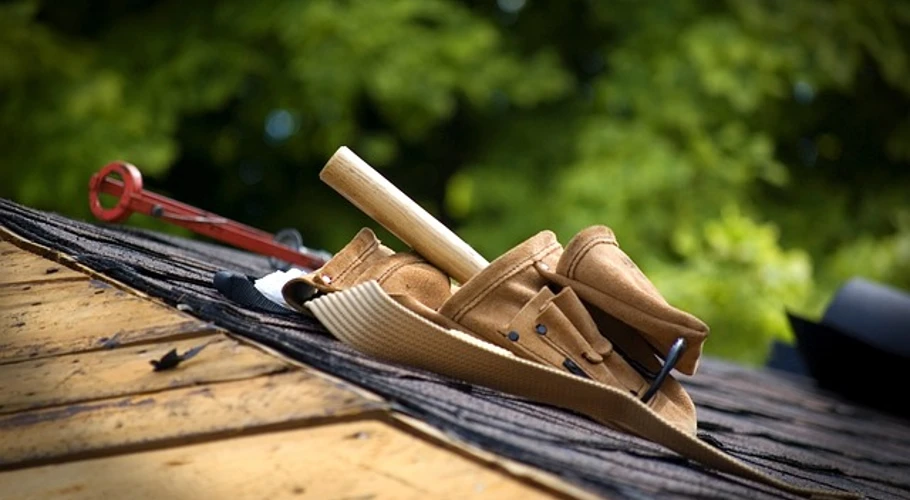
Preparation
Prepare for your repair project by following these steps:
Assess the Damage
Inspect your roof and keep an eye out for possible roofing damage like missing or damaged shingles, a leaky roof, or damaged roofing material. Take note of your roof’s condition and determine the repairs you’ll have to make.
Research
There are many resources on the internet you can look into if you need a step-by-step guide to help you out with a specific task, such as tutorial videos on YouTube and manuals.
Gather Tools and Roofing Materials
Depending on the specific roof issue you’re addressing, purchase or bring out all the materials and tools you’ll need for this project.
Fixing Roof Leaks

Whether it’s a small leak or a large one, fixing a leaking roof should be a top priority. Look out for tell-tale signs like water stains on the ceiling, mold growth, and damp areas that indicate leaks.
If you can’t find any signs inside, try inspecting the roof surface itself and assess areas prone to leaks such as chimneys and the surrounding shingles, roof edges, and vent pipes. Leaks can also come from missing roof shingles caused by harsh weather conditions or falling objects. For small leaks from minor tears or curled shingles, you can apply roofing cement with a putty knife to repair them.
Shingle Replacement and Repair
If you’re dealing with missing shingles or damaged shingles, you’ll want to get that addressed as soon as possible to avoid future leaks and further damage. First, purchase or find spares of the same kind of shingles (e.g. metal, wood, or asphalt shingles) on your roof. Then, take off the damaged or old shingles by removing the nails. Put the replacement shingles in the vacated spot and hammer it in. For a proper seal, apply a sealant or roofing adhesive to the edges of the shingle to ensure a watertight seal that will prevent a roof leak.
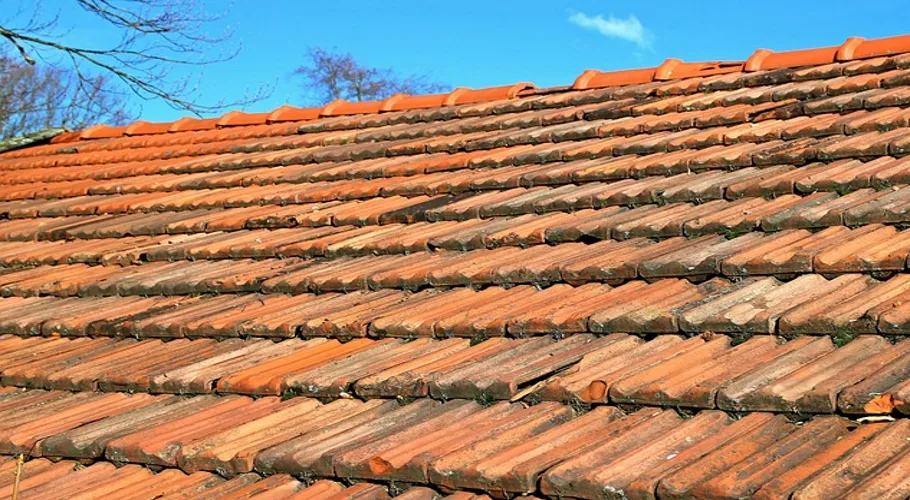
Roof Maintenance and Cleaning
To clean your roof, clear debris like twigs and leaves on the roof’s surface with a leaf blower and garden hose. If your shingles are dirty, you can use a soft-bristled brush to gently scrub the dirt out. Check for any exposed nails or protruding nails and ensure that they’re properly hammered in to ensure that the shingle stays in place.
Don’t forget to clear out and unclog your gutters and downspouts to avoid water accumulation and mold growth. Similarly, clear ice dams along the eaves of your roof to prevent it from blocking rainwater from the gutters.
Inspect your roof regularly at least twice a year so you can catch any issues early on and address them before they get worse.
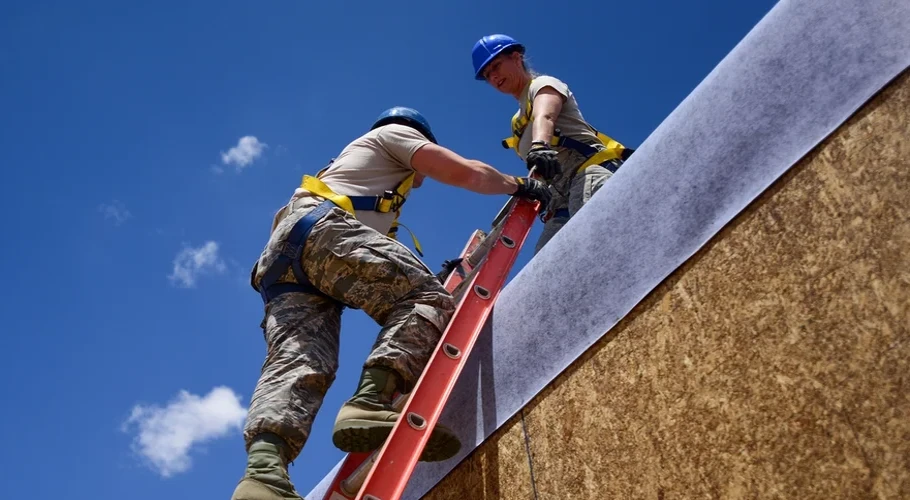
Damaged Flashing or Step Flashing Repair
To repair your roof’s flashing, use a pry bar to tuck the flashing back under the shingles. Afterward, you can secure it with roofing nails or screws. Apply roofing cement around its edges to keep water from seeping through the gaps.
Additionally, if the seams between flashing sections need reinforcement, remove old caulk and apply a polyurethane sealant. Clean the area and get rid of any remaining debris.
Knowing Your Limits in DIY Roof Repair
We see the appeal of DIY roof repairs. After all, it’s a great way to save on repair costs. Maybe sealing a small roof leak or replacing shingles really is a piece of cake for you, so why bother hiring anyone? It’s true—some repairs are minor enough that you can probably complete them yourself. However, it’s important to know your limits and recognize when calling a roofing company becomes necessary.
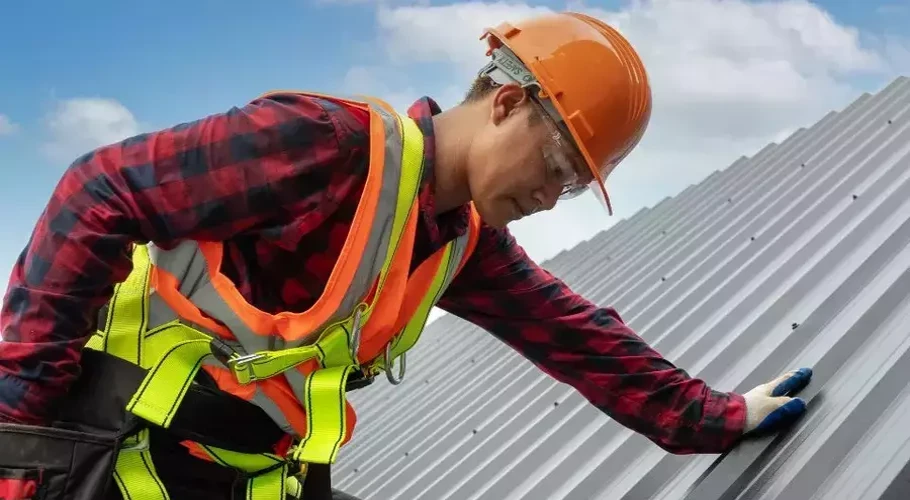
Professional Roof Repairs
Repairing a roof is a dangerous task, so at the end of the day, it’s still recommended that you reach out to a trustworthy contractor with years of experience. They’re seasoned experts who know what they’re doing, so rest assured that you’ll get your money’s worth through reliable and durable results.
Pros of Professional Roof Repair
- A professional roofer has more experience and is more skillful when it comes to accomplishing roofing tasks.
- Professionals can repair your roof damage in a quicker and more efficient manner.
- Warranty and insurance typically cover professional repairs.
- They have access to top-notch tools, materials, and the latest technology that can lead to more durable and long-lasting results.
- You’ll have peace of mind knowing that your roof repairs are in capable hands.
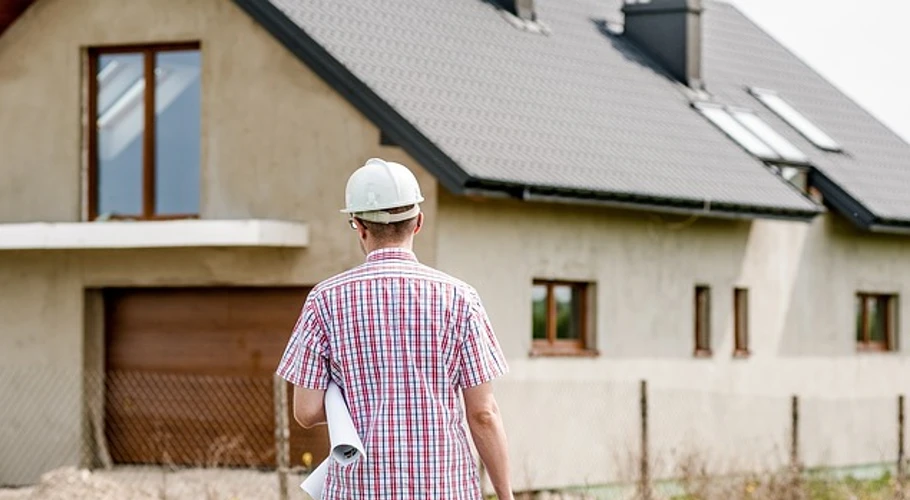
Cons of Professional Roof Repair
- Hiring a professional roofer is more expensive than a DIY repair.
- While rare, there’s still a possibility that you’ll end up with an incompetent contractor who won’t meet your expectations.
- You need to find a reputable roofer, and while there are many options, the pressure to choose the best one can be overwhelming.
Call Robbins Roofing and Construction for Expert Assistance
If you’re choosing the professional route over DIY repairs, we’ll be happy to assist you.
For roof repair Oklahoma City residents trust, contact Robbins Roofing and Construction at (405) 376-4466 today for a free quote! Whether you need roof replacements or a batch of new shingles, we’ve got you covered—literally!

